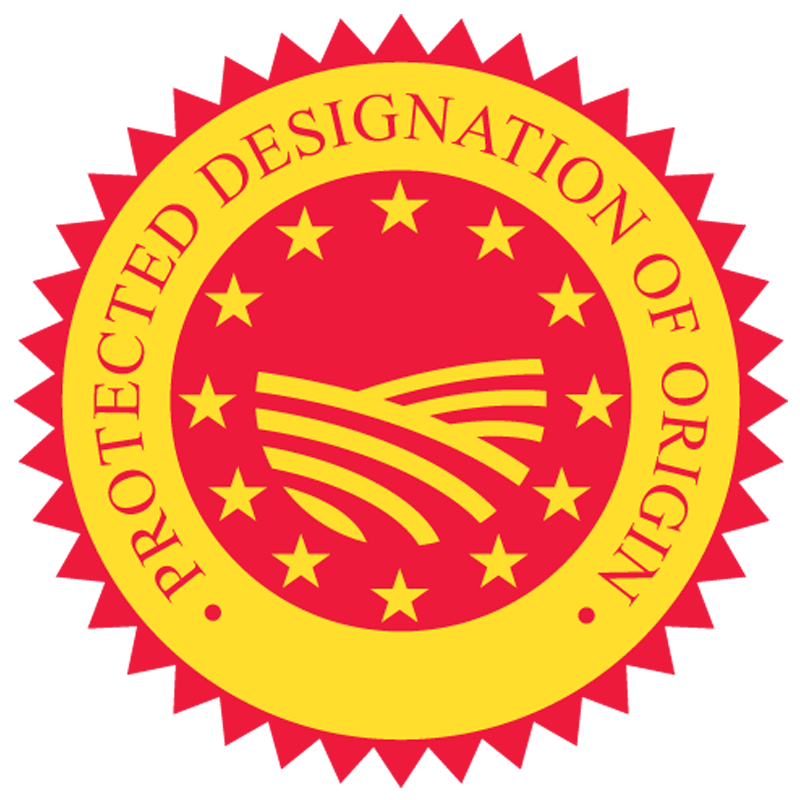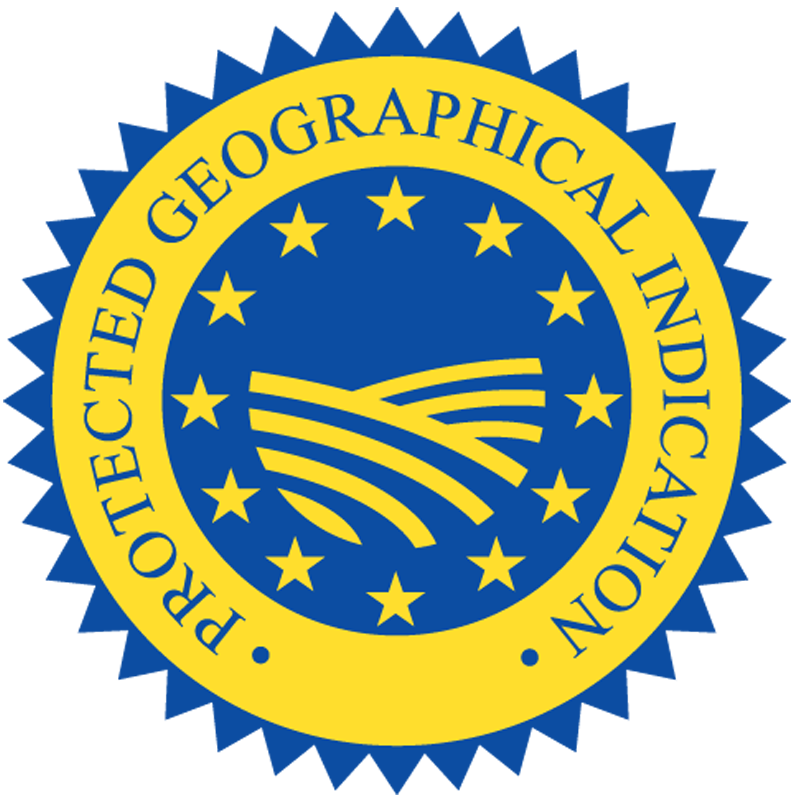

Guarantees of quality designated as a geographic indication tightly bonded to the region of origin which include the Protected Designation of Origin, PDO, (DOP in Italian), and the Protected Geographical Indication, PGI, (IGP in Italian) for food and wine products. Thanks to European systems that recognise and acknowledge the quality, PDO and PGI products are protected against imitation. They are valued and identifiable through specific logos that consumers can easily recognise. Such products value and respect the local agri-food traditions and artisan expertise.

The logo PDO indicates that the entire production process from start to finish of a food product has been carried out in a specific area, taking full advantage of local skills, knowhow and ingredients, all of which are characterised by their geographic origin.

The logo PGI indicates a product with a certain quality of element or reputation attributed to a place or region in which at least one of the productive phases has been carried out, respecting local traditions of that place, be that in the production or in the processing phase.
The European Union safeguards and protects its gastronomic patrimony, valuing the diversity and the quality tied to product origins. Thanks to European systems of recognition of the quality, protected designation of origin, protected geographical indication and the traditional specialities, more than 3000 products are valued and identifiable through a specific logo: wines, cheeses, cured meat and ham, fruit and vegetables, liqueurs etc. Consumers can easily recognise them thanks to the logo. The names are protected against imitation, fraud and counterfeit.